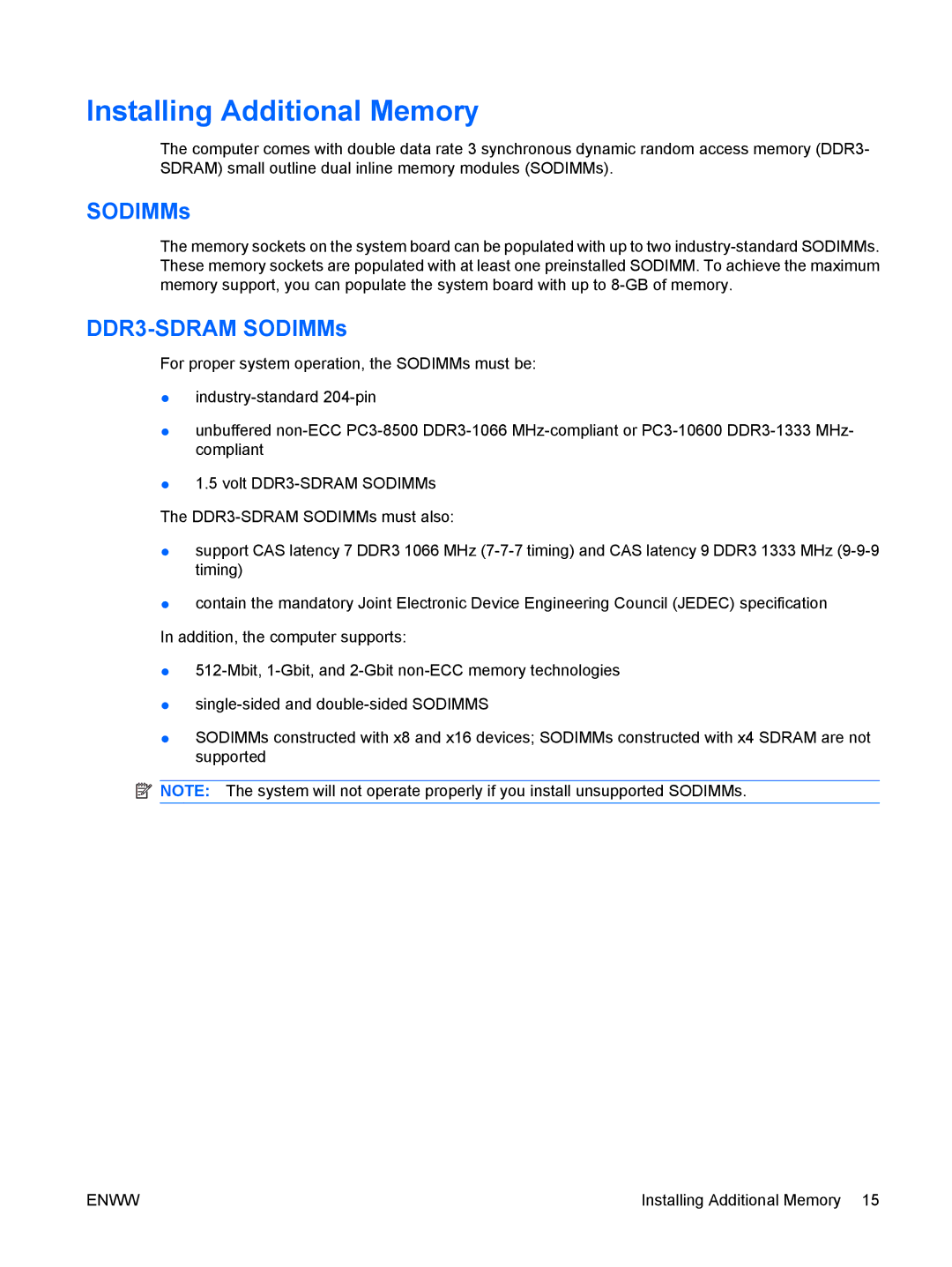8000 specifications
The Hitachi 8000 series is a well-established line of excavators known for their robustness, versatility, and advanced technology. Primarily designed for demanding construction and mining environments, these machines are built to deliver exceptional performance, efficiency, and operator comfort.One of the defining features of the Hitachi 8000 excavators is their powerful hydraulic system. The machines are equipped with high-capacity hydraulic pumps that offer significant digging force and lifting capabilities. This hydraulic system allows for smooth operation and rapid cycle times, making the Hitachi 8000 series highly effective in both earthmoving and material handling applications.
The engine technology in the Hitachi 8000 series is also noteworthy. These excavators are powered by advanced, fuel-efficient diesel engines that meet strict environmental regulations. This not only ensures compliance with global emissions standards but also reduces operational costs through improved fuel consumption. The engine is complemented by a sophisticated cooling system that maintains optimal operating temperatures, enhancing reliability and extending the machine’s life.
Another significant aspect of the Hitachi 8000 series is its advanced operator comfort and safety features. The cab is designed to provide an ergonomic working environment, equipped with adjustable seating, climate control, and intuitive controls. Large windows afford excellent visibility, aiding operators in maneuvering within tight spaces. Safety features, including robust ROPS and FOPS structures, contribute to a secure working experience on-site.
Hitachi's commitment to technological innovation is evident in the integration of digital tools and telematics. The machines come with advanced monitoring systems that provide real-time data on performance, fuel consumption, and maintenance needs. This feature allows operators and fleet managers to optimize operations, reduce downtime, and implement predictive maintenance strategies effectively.
Versatility is another hallmark of the Hitachi 8000 series. These excavators are compatible with a wide range of attachments, including buckets, breakers, and grapples, making them suitable for various tasks from digging and trenching to demolition and landscaping.
In conclusion, the Hitachi 8000 series stands out in the realm of large excavators, combining powerful performance with advanced technology and operator-centric design. With its robust features, economic operational capabilities, and unwavering reliability, it is a preferred choice for contractors and operators seeking a high-performance machine to tackle the toughest jobs in the construction and mining sectors.
